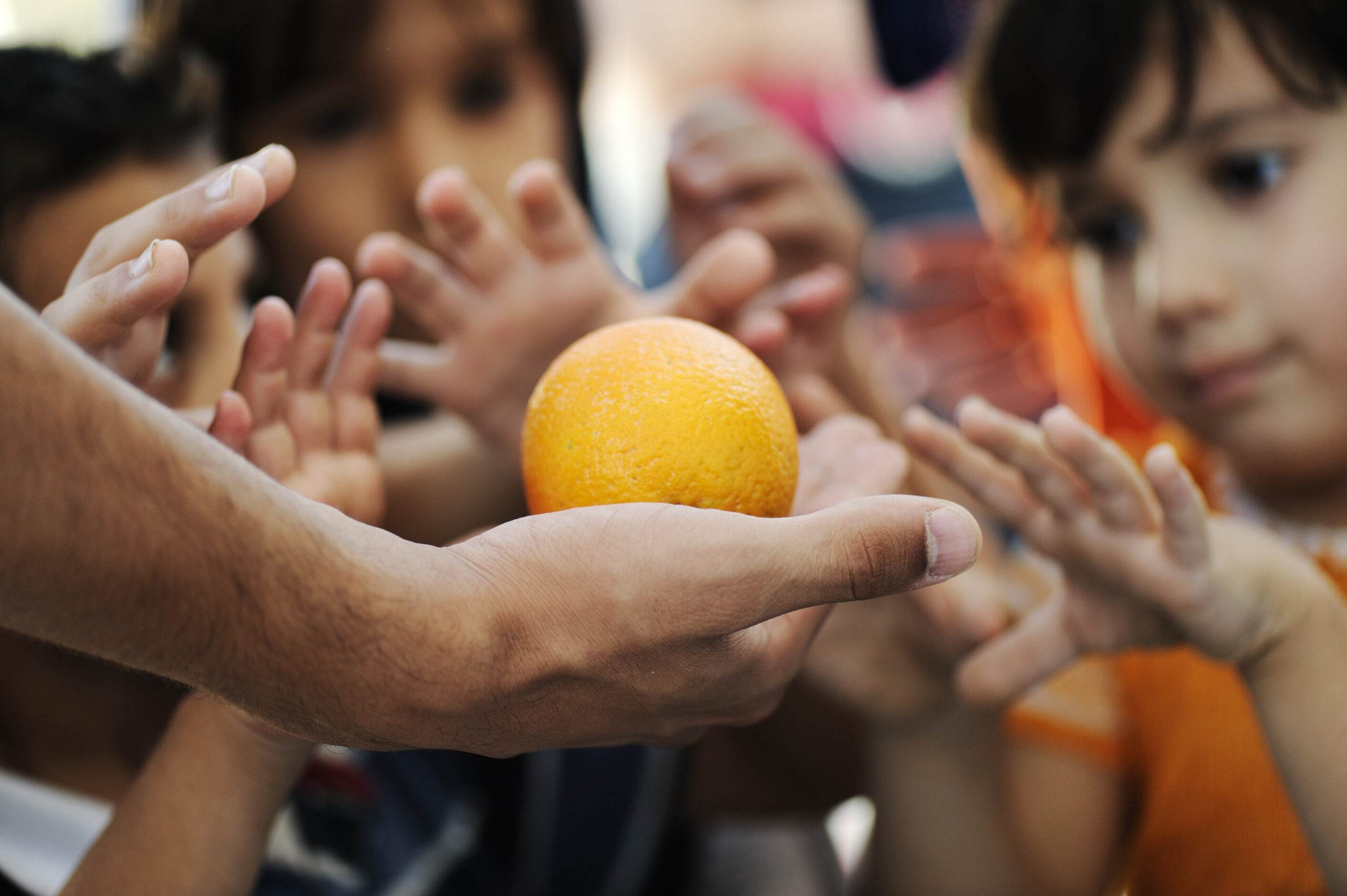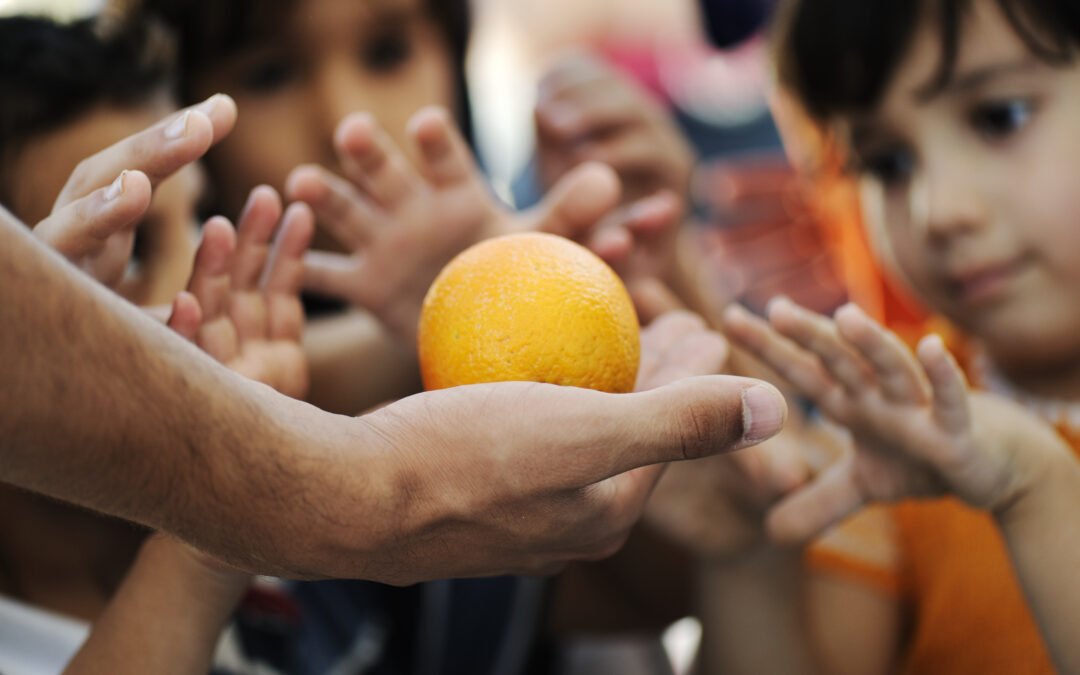Welcome to my ultimate guide on how to build a 72-hour survival kit. Emergency preparedness is an essential aspect of life that can help you and your family stay safe during unexpected disasters or emergencies. A well-prepared survival kit will provide you with the necessary tools, supplies, and equipment needed to survive for at least three days until help arrives. In this blog post, we’ll cover everything from what to include in your survival kit to testing and practicing with it. Let’s get started!
Introduction to Emergency Preparedness
Emergency preparedness refers to the steps taken by individuals, families, and communities to ensure they are ready for any type of emergency situation. These situations could range from natural disasters such as hurricanes, earthquakes, floods, and wildfires to man-made disasters like terrorist attacks or pandemics. Being prepared means having a plan, knowing what to do, and having the right supplies when disaster strikes.
The Importance of Building a 72-Hour Survival Kit
A 72-hour survival kit is designed to sustain you and your family for up to three days after a disaster hits. It should contain all the essentials needed to keep you alive, including food, water, shelter, first aid supplies, and communication devices. The reason why building a 72-hour survival kit is so important is that it provides you with peace of mind, knowing that you have everything you need to protect yourself and your loved ones during difficult times.
What to Include in Your Survival Kit
So, what exactly should be included in your 72-hour survival kit? Here are some essential items:
1. Water – You should aim to store enough drinking water for each person in your household for at least three days (one gallon per day).
2. Food – Non-perishable snacks and meals that won’t spoil quickly should be added to your survival kit. Make sure to choose foods that require no cooking or refrigeration.
Thank you for reading this post, don't forget to subscribe NOW for FREE!
3. First Aid Supplies – Bandages, antiseptic wipes, pain relievers, and other medical supplies should be included in case someone gets injured.
4. Shelter – If you’re forced to evacuate your home due to a disaster, make sure to pack warm clothing, blankets, and sleeping bags to keep you warm and dry.
5. Lighting – Flashlights, candles, and matches should also be included in your survival kit to help you navigate through dark spaces.
6. Communications – Having access to a phone or radio can be crucial during an emergency. Consider adding a portable charger or solar charger to your kit.
How to Pack Your Survival Kit
Once you’ve gathered all the necessary items for your survival kit, it’s time to pack them into a container that’s easy to carry and transport. Start by placing the heaviest items at the bottom of the container and then add lighter items on top. Make sure to label each item clearly so you know what’s inside without having to open the container.
Storing and Maintaining Your Survival Kit
It’s essential to store your survival kit in a location where it’s easily accessible but out of harm’s way. A closet or basement shelf is ideal. Be sure to check your kit regularly to ensure nothing has expired or gone bad. Replace any items that are damaged or near their expiration date.

Additional Items to Consider
In addition to the essentials listed above, there are several additional items you may want to consider adding to your survival kit. Some examples include:
1. Multipurpose tool – This can come in handy if you need to cut something or pry something loose.
2. Fire starter – Matches or a lighter alone might not be sufficient; a fire starter can help you start a fire even in wet conditions.
3. Sanitation supplies – Hand sanitizer, toilet paper, and garbage bags can help maintain personal hygiene and prevent the spread of germs.
Testing and Practicing with your Survival Kit
Just like anything else, practice makes perfect. Testing and practicing with your survival kit can help you identify any gaps or weaknesses in your preparation strategy. Set aside some time to test your kit every six months or so. Use different scenarios to simulate real-life emergencies and see how well your kit holds up.
Conclusion
Building a 72-hour survival kit isn’t just about being prepared for worst-case scenarios; it’s about giving yourself and your family peace of mind. By following these tips and guidelines, you can create a comprehensive survival kit that will help you weather any storm. Remember, being proactive and taking action today can save lives tomorrow.






